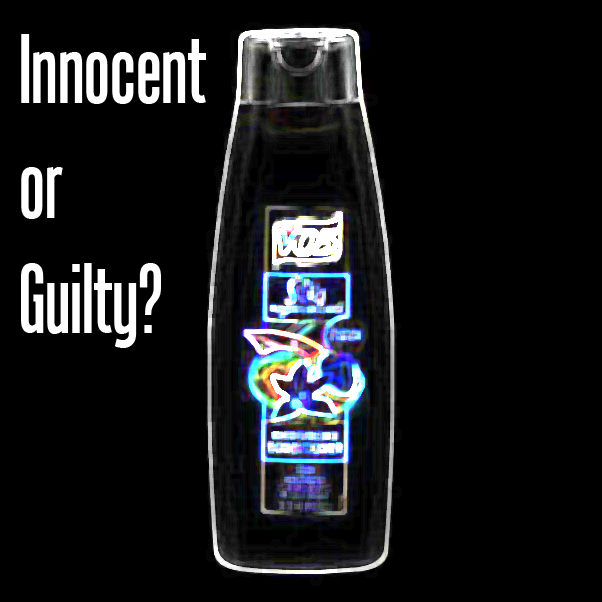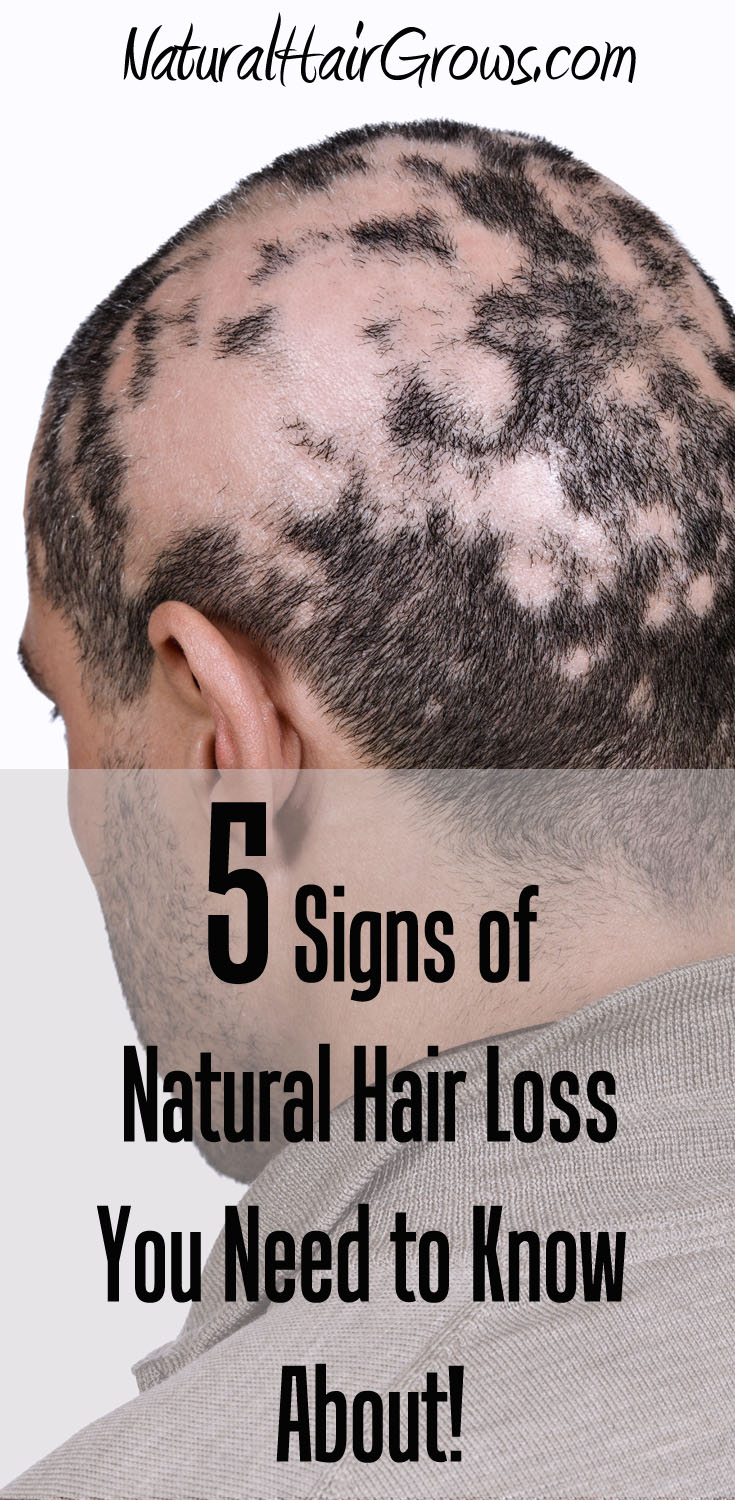My Natural Hair Care Routine-The End of an Era - Part 2

February 18, 2015
The American Cancer Society recommends the following for people like me who are concerned about ingredients such as DMDM Hydantoin in my natural hair care products:
“People who are concerned about formaldehyde exposure from personal care products and cosmetics can avoid using products that contain or release formaldehyde. Still, because the amount of formaldehyde released from these products is low, it isn’t clear [emphasis added] that this will provide any health benefit.”
Does it cause cancer?
What makes my research very inconclusive are phrases found in the research such as “less clear” and “it isn’t clear.” Yet, in that same American Cancer Society article, four expert agencies have said the following about formaldehyde:
The National Toxicology Program (NTP) lists formaldehyde as "known to be a human carcinogen."
The International Agency for Research on Cancer (IARC) “has concluded that formaldehyde is "carcinogenic to humans" based on higher risks of nasopharyngeal cancer and leukemia.”
The National Cancer Institute cites that “exposure to formaldehyde may cause leukemia, particularly myeloid leukemia, in humans.”
The Environmental Protection
Agency (EPA) classifies it as a “probable human carcinogen."
The Aliases of Formaldehyde
Formaldehyde and formaldehyde releasing substances go by lots of different names: This makes sense. Most people know that formaldehyde is bad news, but if you can’t identify it on a product label, well then the consumer won’t think much about it. According to the American Cancer Society:
formaldehyde, is also known as:
Preservatives releasing formaldehyde are also known as:
- Benzylhemiformal
- 2-bromo-2-nitropropane-1,3-diol
- 5-bromo-5-nitro-1,3-dioxane
- Diazolidinyl urea
- 1,3-dimethylol-5,5-dimethylhydantoin (or DMDM hydantoin)
- Imidazolidinyl urea
- Sodium hydroxymethylglycinate
- Quaternium-15
My Decision: I hate to see you go...
So this basically comes down to deciding whether trace amounts are ok with you. Even if there is “unclear” data as to whether a small amount is safe or unsafe, I’ve decided until the issue becomes “clearer,” I will be using a different product.
So now I am on the hunt for a conditioner that is cost effective, and "natural," fitting smoothly into my natural hair care routine. I don't think it exists especially on a store shelf where chemical preservatives must be present to avoid bacterial fungus spraying out of the bottle, but I am up for the challenge. My first contender is Jason's Natural Fragrance Free Daily Conditioner. Now, my new conditioner has to do two things: condition and soften my hair and also, aid in creating a detangling session void of cuss words from me. That will be tough. However, I am willing to take that type of risk.
References
Alberto VO5 Moisture Milks Moisturizing Conditioner, Strawberries & Cream (n.d.). In EWG's Skin
Deep Cosmetics Database. Retrieved February 9, 2015 from
FDA, OSHA Act on Brazilian Blowout (2010, October 8). In U.S. Food and Drug Administration.
Retrieved from http://www.fda.gov/Cosmetics/ProductsIngredients/Products/ucm228898.htm
Formaldehyde (n.d.). In American Cancer Society. Retrieved February 9, 2015, from
http://www.cancer.org/cancer/cancercauses/othercarcinogens/intheworkplace/formaldehyde
